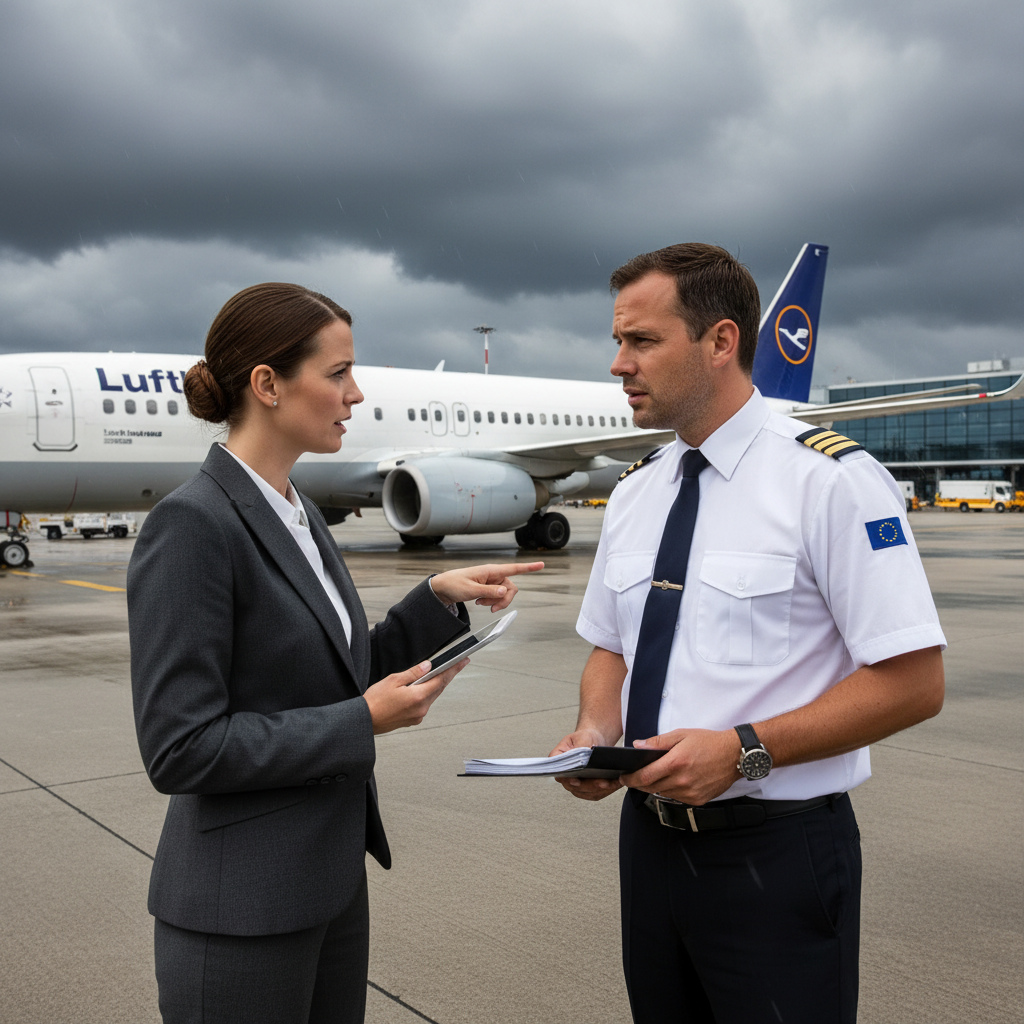Physical Address
304 North Cardinal St.
Dorchester Center, MA 02124
Physical Address
304 North Cardinal St.
Dorchester Center, MA 02124
Global aviation news tracker
Global aviation news tracker

EASA issues an immediate safety directive to help airlines manage rising severe-weather risks.
The European Union Aviation Safety Agency (EASA) published a new safety directive on October 11, 2025 that requires all scheduled and charter carriers operating within Europe to update operational protocols in response to more frequent severe weather. The EASA safety directive demands enhanced crew training and revised flight-planning procedures to mitigate turbulence, storms and other meteorological hazards affecting EU airspace.
The regulation, effective immediately, covers commercial operators across EU states and applies to day-to-day dispatch decisions as well as contingency planning. EASA has set compliance audits to begin in Q4 2025 (October–December) to verify implementation across carriers.
Operators should expect more rigorous training syllabi for flight and cabin crews, updated risk-assessment tools in dispatch, and clearer escalation paths when weather forecasts deteriorate. EASA has signalled tighter oversight rather than new aircraft-type mandates; the focus is on operational practice and human factors.
Airlines will need to align their operations manuals and training records with the directive and prepare for on-site or remote audits. For passengers, the change aims to reduce exposure to weather-related incidents and improve how crews manage turbulent encounters and storm diversions.
Regulators and carriers will likely publish more detailed implementation guidance in the coming weeks; until then, airlines should prioritise rapid updates to training modules and flight-planning protocols to meet the EASA timeline.